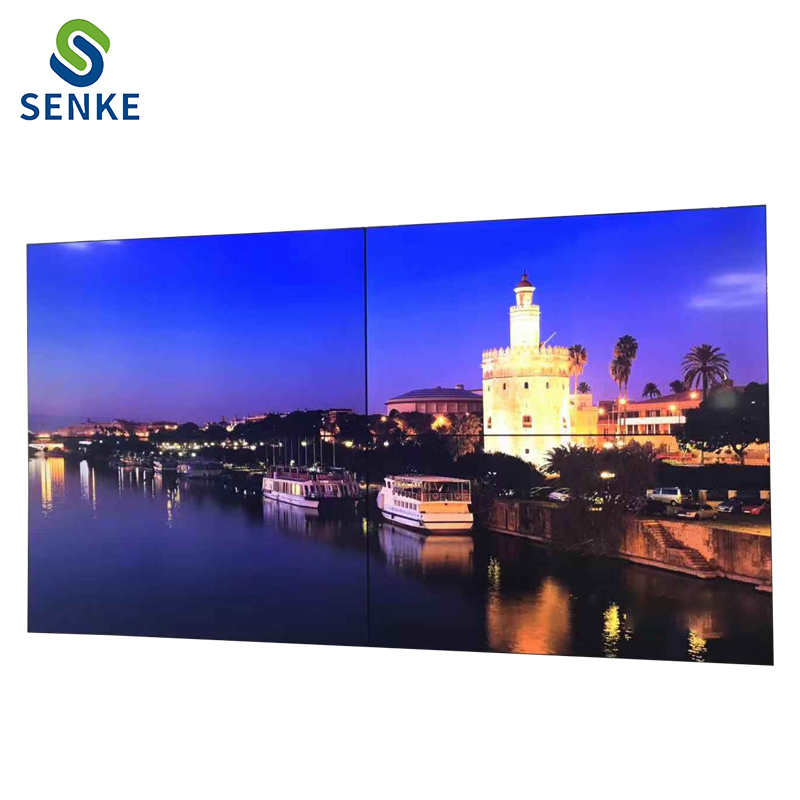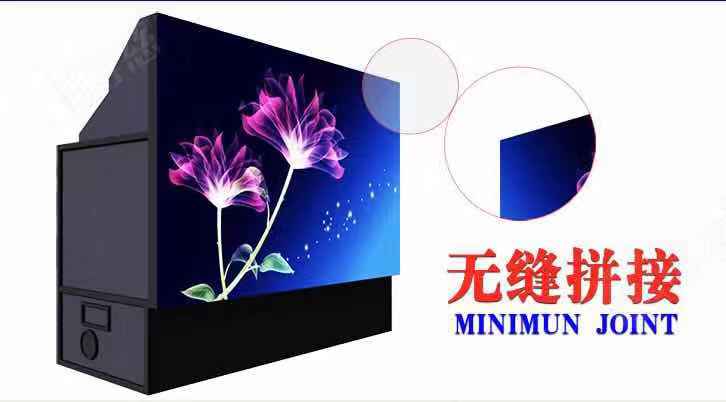Detailed analysis of the comparison between DLP video wall and DID video wall


At present, in the DLP video wall and DID video wall industry, these two splicing screens are applied in various scenes. We need to select different screens according to different needs and different scenes. The large display screen makes the picture vividly displayed in front of people, bringing people a sense of immersive experience, and can also provide various vivid and gorgeous interactive functions, such as large Size touch screen, up and down screen interaction, etc.
1) DLP splicing screen is composed of multiple rear projection display units. Its main feature is small splicing, which can be controlled within 0.5mm. Some manufacturers say it can be controlled within 0.2mm, so the industry calls it "seamless" splicing, which is beyond the scope of did splicing screen. At present, the minimum seam size of the screen used in the mass production of did technology on the market in 2017 should be 1.8mm, and other common seam sizes are 3.5mm, 4.6mm, 4.9mm and 5.3mm. Therefore, if it is a project with high requirements for seam splicing, DLP is an inevitable choice.
2) the screen thickness of DLP splicing screen generally needs a thickness of 35-100 cm according to the customized screen size, while the did screen generally needs a thickness of 5-10 cm. The back side of DLP splicing screen needs 50-80cm installation space, and this installation space must be reserved. If the amount of did splicing screen is not very large, the installation space can not be reserved, and the wall can be directly hung. The total thickness of did screen body and structure can be controlled at 16-20cm generally, and the installation space and method of did screen are more flexible and convenient than DLP screen.
3) because DLP screen is a rear projection technology, the screen size of general manufacturers can be customized, generally more than 50 inch screen will be customized, and the larger the single screen, the less gap. The brightness of DLP screen can also be customized. Therefore, the size of general projects can be designed according to the project site. But DID is the manufacturer's unified module size. Only 42, 46, 47, 50, 55, 60 can be chosen. In terms of brightness, there are only 490 and 720 options for the did screen. So DLP is more flexible in screen size customization and brightness customization.
4) the uniformity of brightness. The splicing screen is the arrangement of the screen units of one set. Although most of the DLP splicing screens now use LED light source laser light source, it is no longer necessary to replace the bulb frequently to solve the problem of uniform brightness. It can monitor and adjust the brightness and color temperature of each screen in real time through a set of software, but this can only be said for a period of time, in real time. After aging for a long time, the problem of uniform brightness and color of each screen is still a technology to be further solved for DLP splicing screen. The brightness of the did splicing screen is highly uniform as long as it is the same batch of screens, and its brightness and color are highly consistent when it is used for the same time and the same aging. In this respect, the did screen has certain advantages.
5) the problem of color grayscale. Because of the DLP imaging principle, his black is not particularly black, but only to dark gray, which is slightly worse than the did screen in color restoration and saturation. Because the did screen is LCD technology, its color restoration and brightness are very good. Therefore, it is better to choose the did screen for the projects with more dark scenes and high color requirements.
6) the light machine of DLP splicing screen needs to carry out dust removal regularly. Although the life of LED light gun is extended, there is no clear word about the aging and life of light machine and chip. Compared with the life of 60000-100000 hours of did splicing screen, the two screens have certain advantages in life and later maintenance cost.
7) in terms of the cost of a single panel, this paper does not discuss the DLP screen of ordinary light gun. At present, the DLP splicing screen is divided into LED light source and laser light source according to the different light sources. The DLP screen of laser light source is about 50% more expensive than the DLP screen of LED light source. Compared with the did screen, even the cheap LED light source DLP screen is much more expensive than the did splicing screen.
8) in terms of spare parts cost, DLP splicing screen generally uses large-scale units, so the number of splicing units is small, so the requirements of its back-end image processing equipment are relatively low, and the cost of image processing equipment is relatively low; on the contrary, because of the large number of splicing, large physical pixels, the requirements of back-end image processing equipment are high, and the completion of the back-end image processing equipment of the did screen The cost is higher than the back-end device cost of DLP screen.

